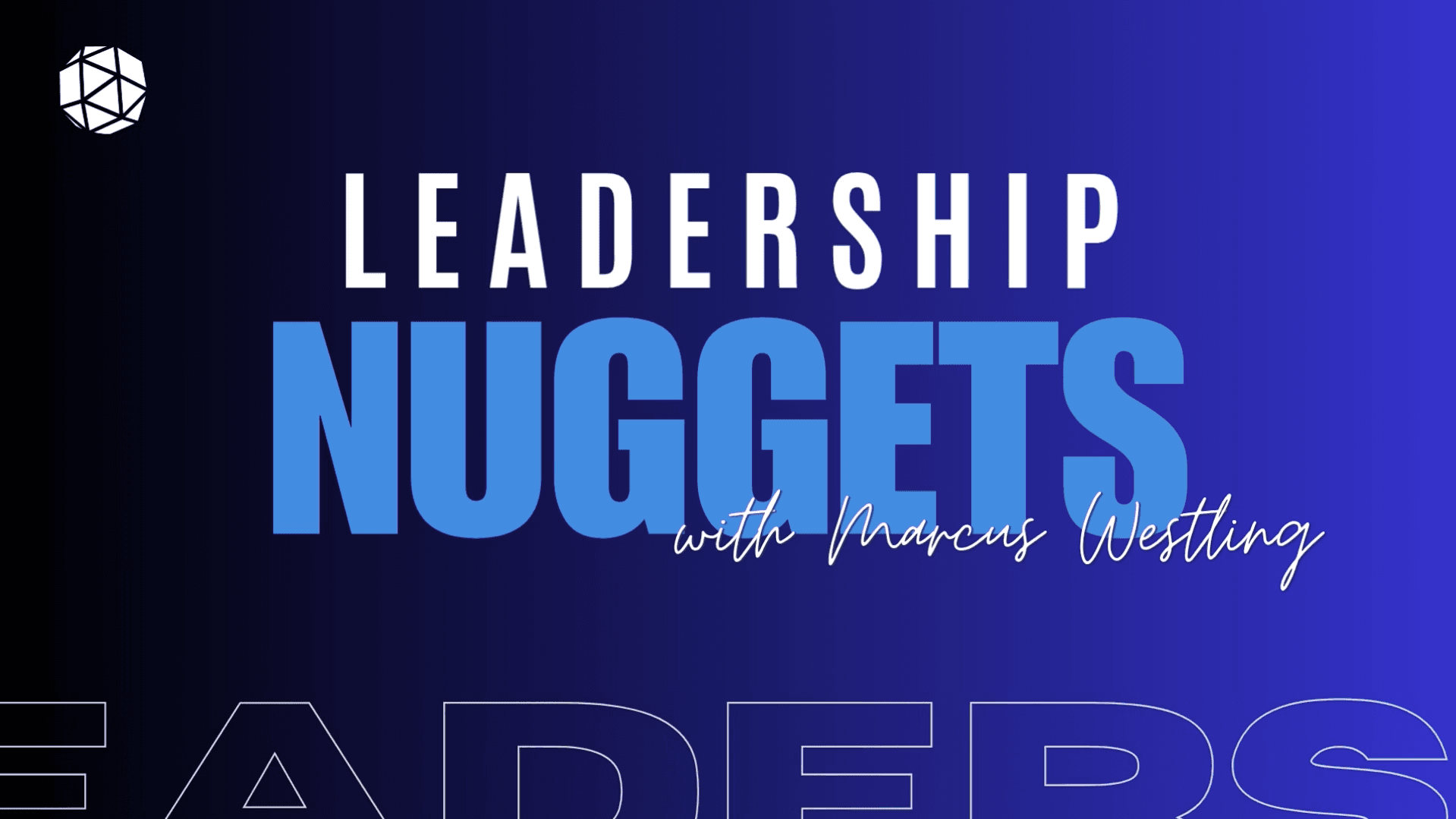What Men Can Learn From Women

In one of my posts on LinkedIn, I shared some strategies on how organisations can engage men in advancing more women into leadership positions.
With that general background in mind – about the important role that men can play in helping boards and executive teams achieve more gender-balanced leadership – let’s shift our attention now to considering why men and organisations should care about women’s leadership.
The primary reasons are, first, men want to be part of successful organisations, and second, organisations need to be competitive to succeed. Simply put, research has proven that a balanced leadership team leads to better business outcomes.
Top-performing organisations recognise the value of having women on their executive teams in addition to a wider spectrum of diverse thinking, styles, and backgrounds. This is true from a business perspective as well as a leadership advantage.

While the latest research suggests multiple factors such as social experiences may be behind the unique attributes in leadership styles that are sometimes seen between men and women, the bottom line is that understanding these diverse skill sets can help managers leverage the best of their full teams—including their female talent.
The strongest leadership teams combine skill sets where a focus on collaboration by some leaders complements a drive for closure and results by other leaders.
With that in mind, let’s look at a classic SHAMBAUGH study featured in my recent book, Make Room for Her, which examined what men thought were the five most beneficial things they learnt from their female colleagues. While these benefits are certainly not exclusively “female traits,” the research provides important feedback for organisations about areas where men feel that women bring a lot to the table. Here they are:
1. How to be a better listener
Listening has become vital for 21st-century leadership, and curiosity is key to effective listening.
In one of my interviews, I spoke with a male leader in a venture capital firm who told me: “Listening is one of the most important leadership traits for being successful in today’s business environment since we don’t have much margin for error. We win or lose by truly understanding and delivering what the customer is looking for.”
This male leader also shared that – while certainly not true for all men – listening can be difficult for many men. In this leader’s case, he learnt the importance of listening from a female mentor: “One of the things she taught me was how effective listening skills can be in helping you better understand how all the different pieces and events fit together.
Asking the right questions, listening to both the content and the feelings of responses, and then questioning in greater depth is a critical leadership skill for all of us.”
2. How to be empathetic
Current workforce trends have created the need for a more empathetic approach to leadership. Yet having empathy with others and helping people develop empathy in their daily interactions can be undervalued attributes in many organisations.
This is unfortunate since a Hay Consulting study indicated that this “coaching” style of leadership was one of the two most powerful styles, along with being visionary. The study also found that women had a greater capacity than men to demonstrate this coaching style based on their emotional quotient.
A sense of self-awareness can allow men or women to empathise with others more easily. Developing this skill can allow you to understand not only what is being said, but also what someone really means. This helps to build trusting relationships, which positively impacts both employee satisfaction and job performance.
3. How to foster better communication and collaboration
Organisations globally are evolving from a hierarchical command-and-control model to a more matrixed structure that directly impacts leadership roles, responsibilities, and styles.
Many leaders today have discovered that in order to foster employee engagement and commitment, you need to actively involve them in problem-solving, decision-making, and innovation activities.
With organisations shifting to a flatter, more integrated structure, a facilitative style that emphasises communication and collaboration can lead to better results.
While it’s certainly not true in all cases and is not strictly gender-based – there is always a balance on this spectrum – many women tend to be more facilitative in their leadership style and thus, excel at leading in a matrixed environment.
While men may tend to use a more positional authority to get results when leading their team, women may use the style of engaging others by facilitation of their ideas, input, and the way they provide direction.
The strongest leadership teams combine skill sets where a focus on collaboration by some leaders complements a drive for closure and results by other leaders.
4. How to think more holistically
The response I had from a number of male executives actually surprised me as I thought in some cases men became frustrated when women wanted to look at the bigger picture or consider all the options.
But the executives we surveyed recognised that considering a broader perspective often leads to better solutions and avoidance of potential problems.
They also believed that having a more holistic and integrated perspective is an important leadership strength as clients today are looking for a more complete end to end solution.
By using a more integrated approach, you can examine the requirements and connect the dots differently to provide what customers in any industry really need i.e. a more “complete solution” thinking.

5. How to trust your intuition
Frankly, when we asked about this in our interview process, we had to define what we meant by “intuition.” We defined intuition as “knowing with no evidence.” It’s what we refer to as our gut feeling, which a growing body of research suggests is surprisingly reliable.
One executive in the study shared the example of receiving a list of concerns and requests from a client. His reaction was to knock off the list and assume that the client would be fine as a result.
However, his account manager thought that the list was indicative of a larger issue with the client – she said that it just didn’t “feel right.” She convinced him to travel out to see the client to determine what the people there were really concerned about, and as a result, he learnt that there was a serious customer confidence issue.
Following the account manager’s intuition led to strengthening the company’s relationship with the client.
The lesson is that leaders can’t always rely on their own thinking but need to embrace and tap into the full spectrum of leadership thinking within their team.
This is the core of integrated leadership and represents the direction that we all need to go in order to achieve the results of which we are collectively capable.
Rebecca Shambaugh is an internationally recognised leadership expert, author, and keynote speaker. She is the President of SHAMBAUGH, a global leadership development organisation and Founder of Women In Leadership and Learning (WILL). She has coached and advised over a hundred leaders and executives and has enhanced their overall level of excellence in many areas. This article was first published on her LinkedIn page. To get in touch with her, e-mail us at editor@leaderonomics.com
Reposted with permission on www.leaderonomics.com
Leadership
This article is published by the editors of Leaderonomics.com with the consent of the guest author.






